Empty house: Carmen Argote delves into family history for her latest exhibition
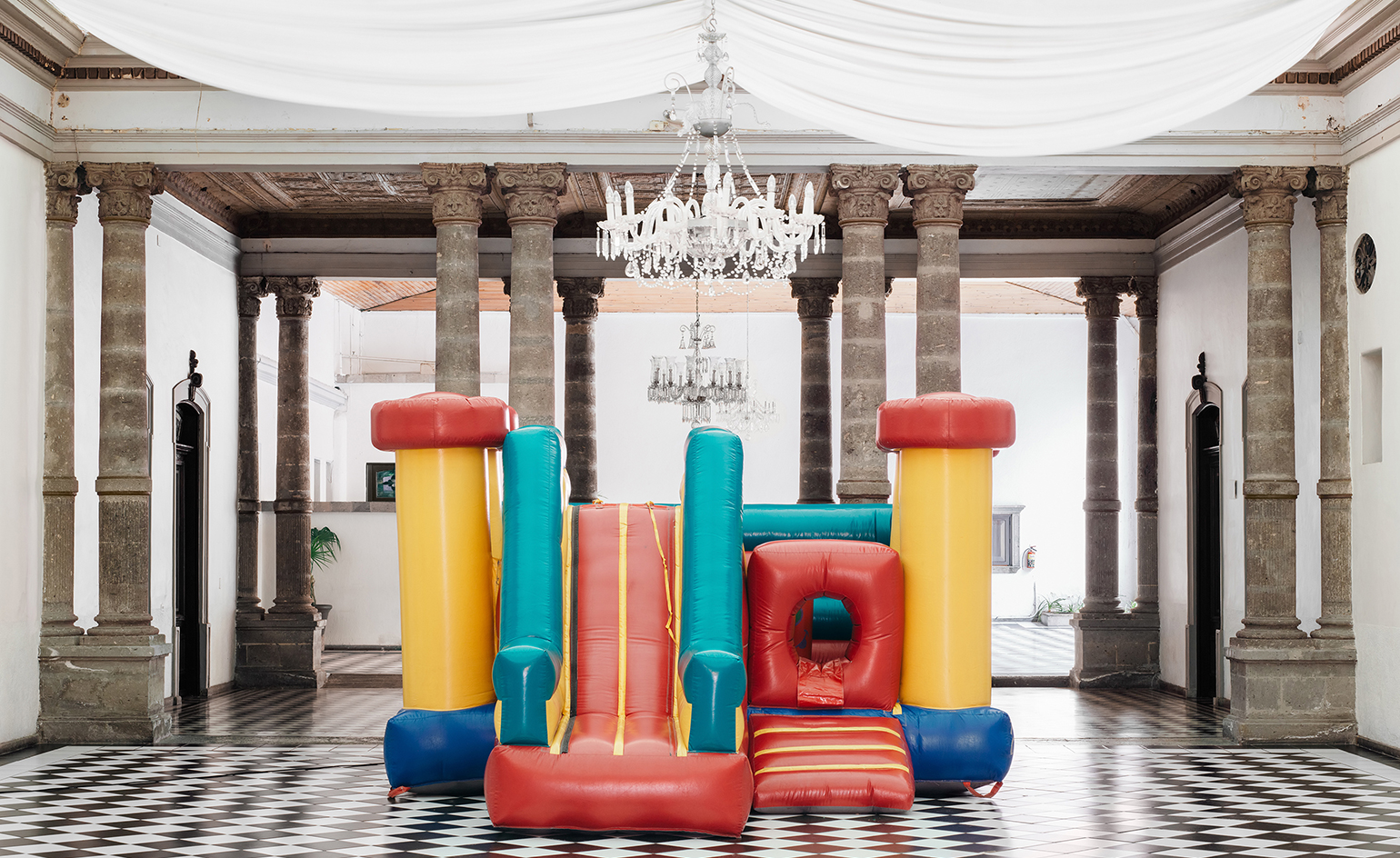
A few years ago, the Los Angeles-based, Mexican-born artist Carmen Argote was teaching ceramics to youth at LA's Inner City Arts, when she received a grant that allowed her to take some time away from her full-time job and focus on her photography.
‘I wanted to do something that was more in line with my practice, which requires time,’ says Argote, who has been making photographic, painting, and installation studies of architecture and interiors since 2010.
These have included everything from stretched canvas adaptations of handball courts at Los Angeles Unified School District elementary schools and wooden tracings of the Schindler House to muslin installations re-interpreting homes her father, who studied architecture but never practiced, wanted to build in his hometown of Guadalajara, Mexico.
‘When we came to LA, he took jobs to pay the rent and survive. He was a truck driver, a crossing guard, all these different things, but he always had his drafting desk in the house. I never connected my interest in architecture to his drawings until recently, and I would gravitate towards the bird's eye view and his plans, but I never related it to my personal history until recently.'
These fascinations began with Mansión Magnolia, an 1890 stone manor in the historic district of Guadalajara that Argote's paternal grandmother inherited and converted into an events space.
‘I was thinking about the effect of neoclassical architecture on my father in my previous body of work and how the tall ceilings and doors give you a feeling of self-worth and self-importance. It builds you up and tells you who you are, and it builds up all these notions of class,’ says Argote. ‘It was always present in my life and my father's life. He never lived there, but my great aunts did, and they've been very present in the stories about the house.’
When Argote first visited the space in 2014 – her family had originally moved to Los Angeles when she was five – she considered Walter Benjamin's writings on architecture and how it was a force that was always acting upon human beings, and how the only real way to know a space was to live inside it until you could form a new understanding of the architecture to the point where you would know your way around in the dark. As Benjamin wrote in 1936, ‘Buildings are appropriated in a twofold manner: by use and by perception – or rather, by touch and sight.'
After her aunt agreed to let her live in the events space for three months — in a makeshift room that her grandmother and father once used as an office — she emerged with a series of photographs that will go on display this Saturday at the Shulamit Nazarian gallery in Venice, California.
Together, the images provide an intoxicating narrative about the personal and projected history of this inherited space that was intermittently inhabited by her family. It's a love letter to the myth of a city (and home) her father imagined but never actualised. There are images capturing a rainbow-coloured bouncy castle and stacks of cascading black and white chairs inside the home's grand neoclassical hall; haunting studies of empty refrigerators, abandoned kitchens and lonely sodas on modernist tables; meditations on the detritus (stacks of cups or piles of dirt) from the parties held inside the space; or simply apparitional blurs of Argote moving through the vast spaces like a spectre connecting these disparate points in space and time, modernism and the neoclassical.
’There's a lot of isolation involved. I didn't set out to make an installation, I took the camera because it was a way to document my cup of coffee, the towel that I used in the shower, the tiles that were there, it was a way of seeing things that were right in front of me that I might miss,’ says Argote, who built relationships with the staff, saw how they booked, prepared and executed the birthday parties, graduations, or eventos electronicos (ie raves) and then was left alone to witness the aftermath surrounded by the photos and spirits of her relatives.
She adds, ‘Nobody has lived there since my tias, so I felt this layering and continuation of our features, pathways, our ways of walking. The drive was to get to know the house and through knowing the house utilise this resource that had been so present in my life but that I only knew in fragments.’
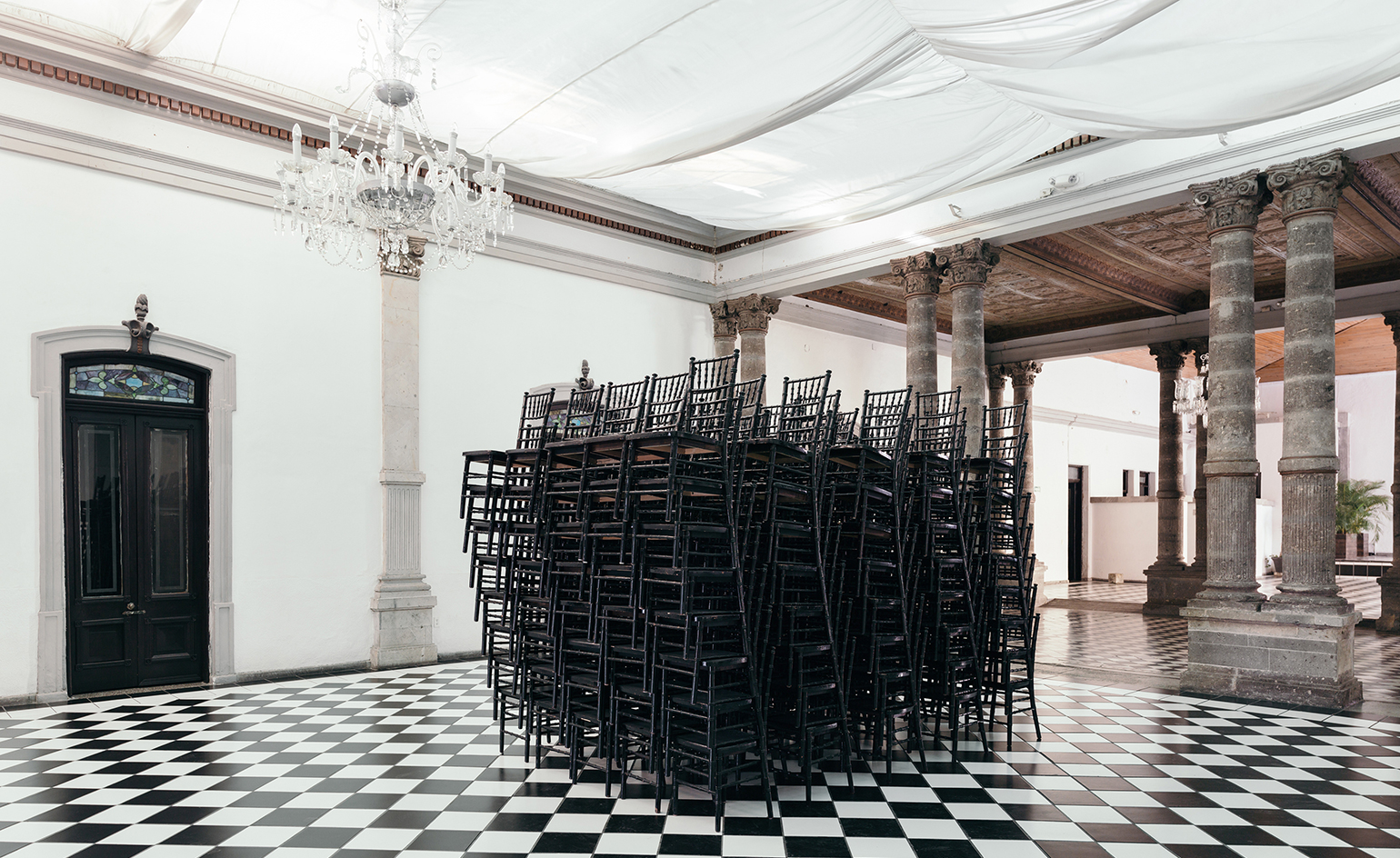
The Los Angeles-based, Mexican-born artist first visited the space in 2014 and reflected on Walter Benjamin's writings on architecture. She decided to live in the space and emerged with a series of photographs. Pictured: Black Chairs, 2016
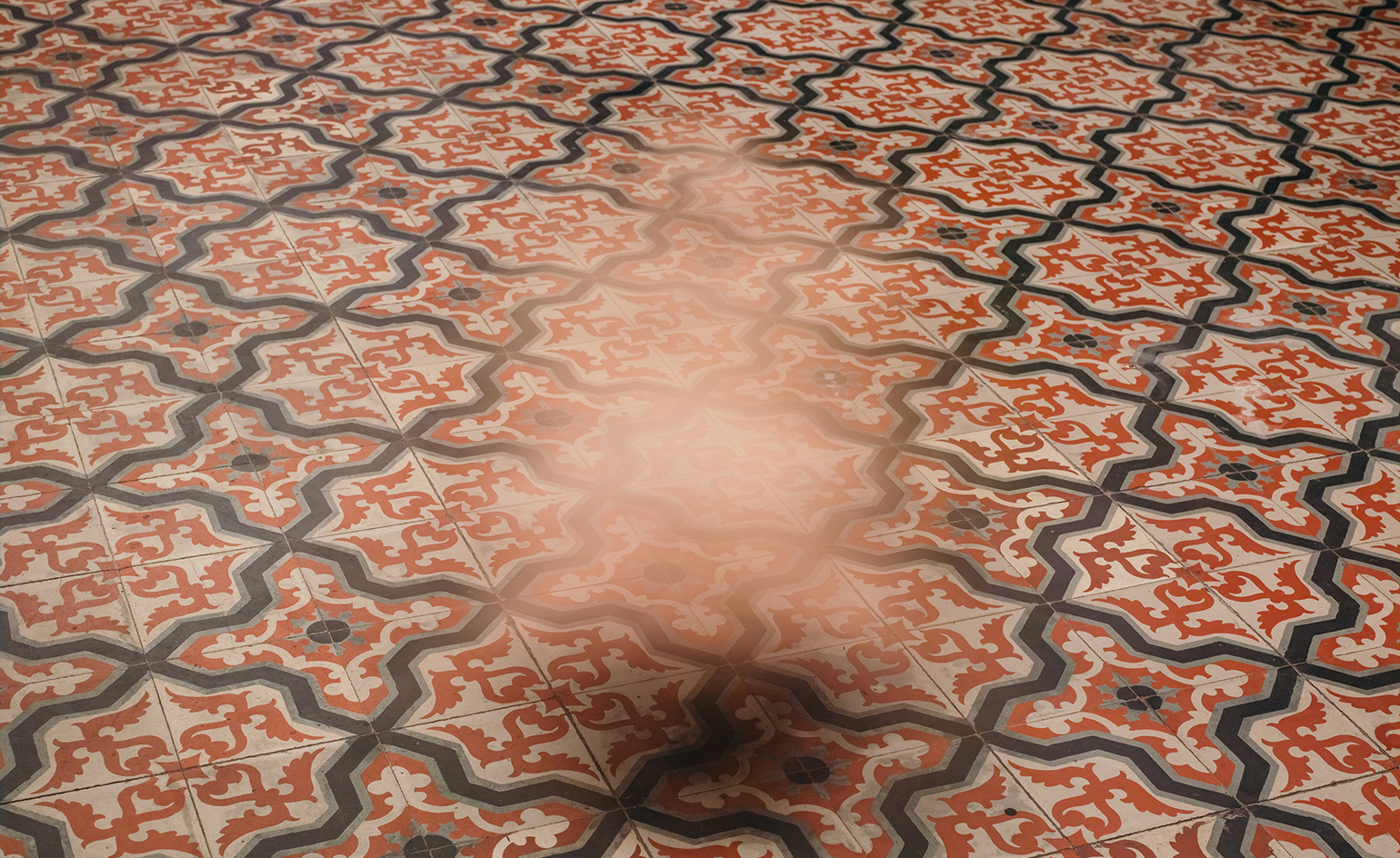
Together, the images provide an intoxicating narrative about the personal and projected history of this inherited space, that was intermittently inhabited by her family. Pictured: Tias, 2016
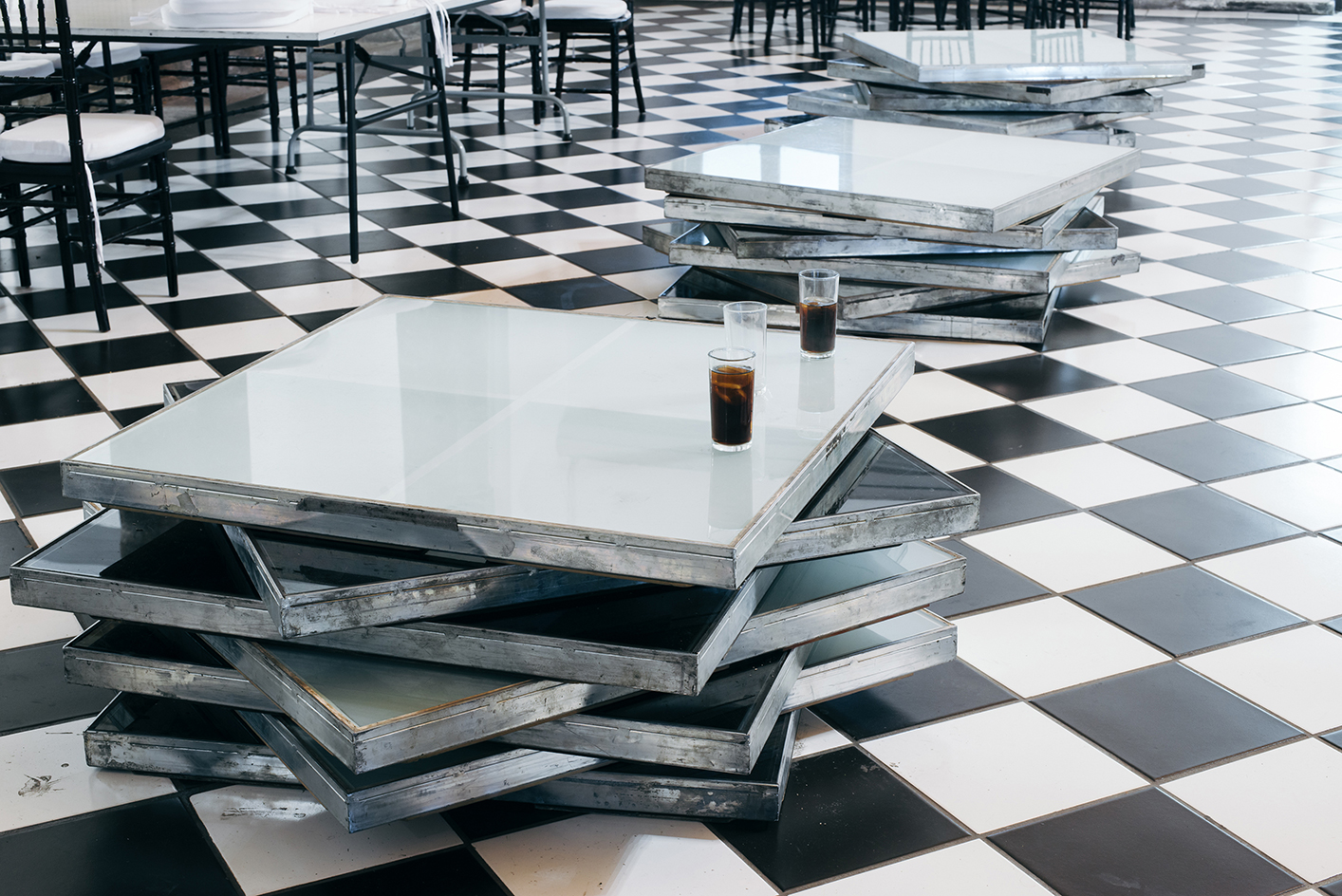
’I didn't set out to make an installation. I took the camera because it was a way to document my cup of coffee, the towel that I used in the shower, the tiles that were there, it was a way of seeing things that were right in front of me that I might miss,’ says Argote. Pictured: Two Cokes, 2016
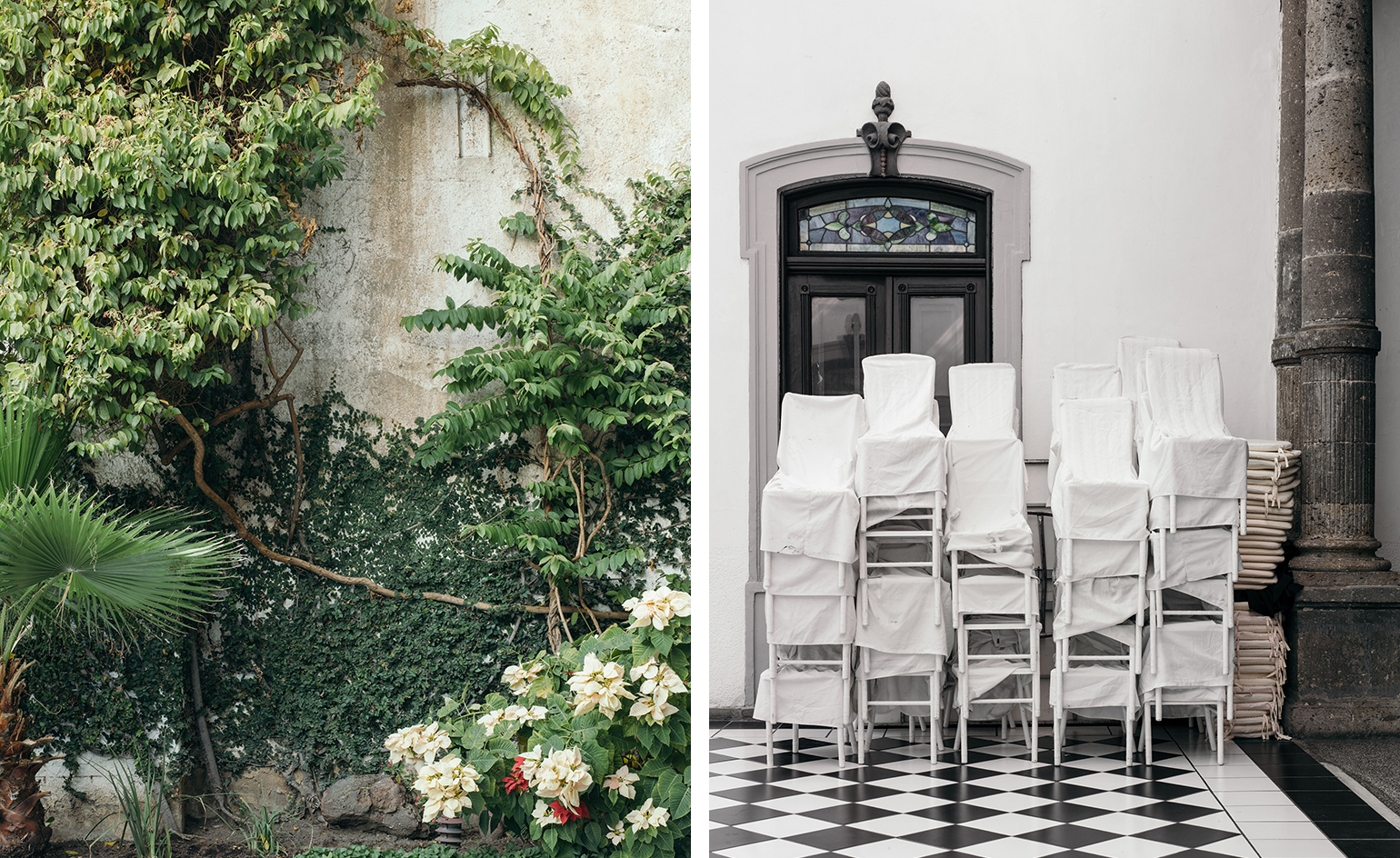
She adds, ‘The drive was to get to know the house and through knowing the house utilise this resource that had been so present in my life but that I only knew in fragments.’ Pictured left: El Jardin, 2016. Right: Draped Chairs, 2016
INFORMATION
’Carmen Argote: Mansión Magnolia’ is on view from 16 April – 28 May. For more details, please visit the Shulamit Nazarian gallery’s website
Photography courtesy of the artist and the gallery
ADDRESS
Shulamit Nazarian
17 North Venice Boulevard
Venice, California
Wallpaper* Newsletter
Receive our daily digest of inspiration, escapism and design stories from around the world direct to your inbox.
TELEPHONE
1.310 281 0961
-
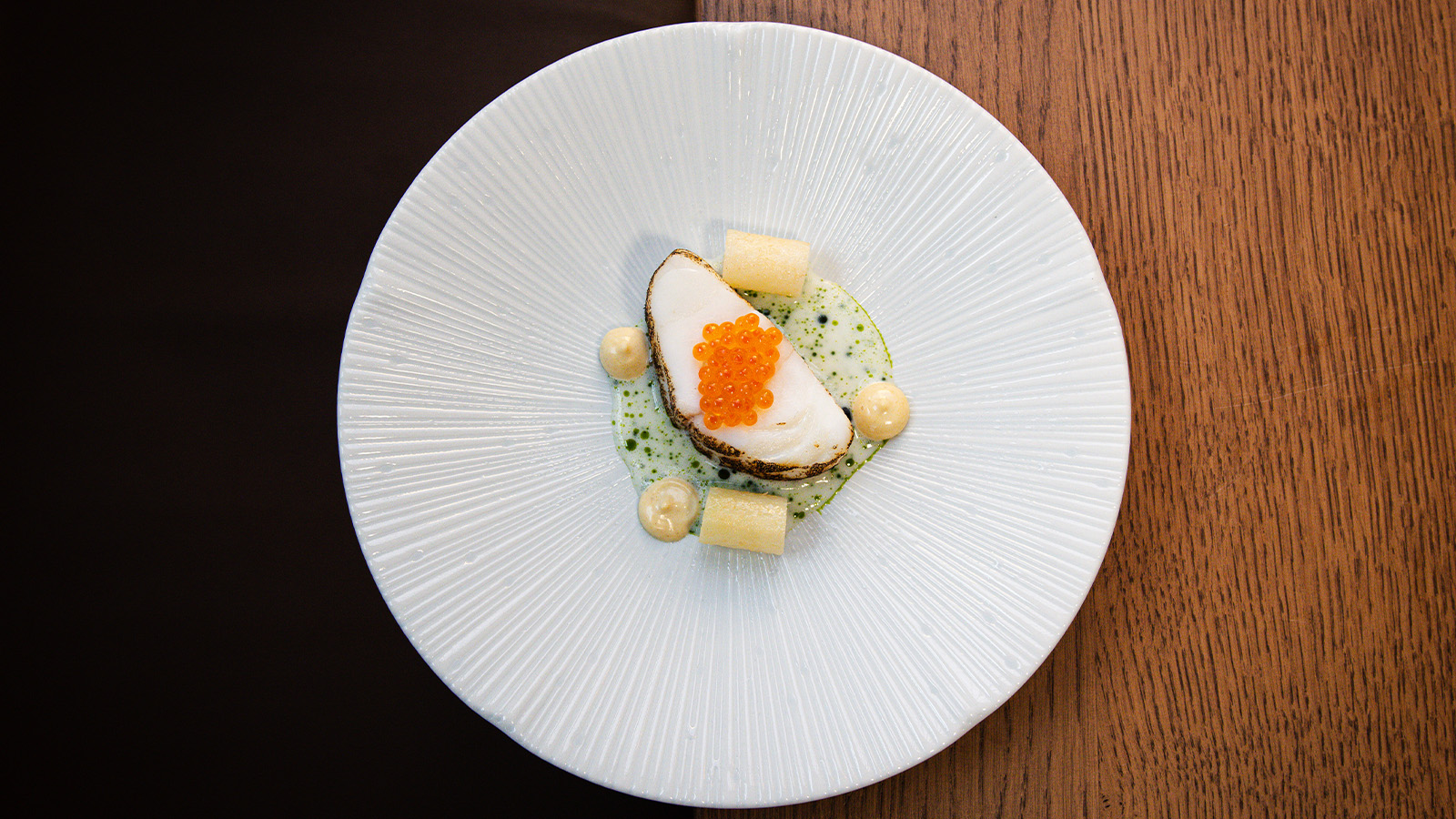 In Wales, Michelin-starred Gorse celebrates the country’s abundant larder
In Wales, Michelin-starred Gorse celebrates the country’s abundant larderGorse is the first Michelin-starred restaurant in Cardiff, putting Welsh cuisine on the map. We speak with chef and founder Tom Waters about the importance of keeping culinary traditions alive
By Tianna Williams
-
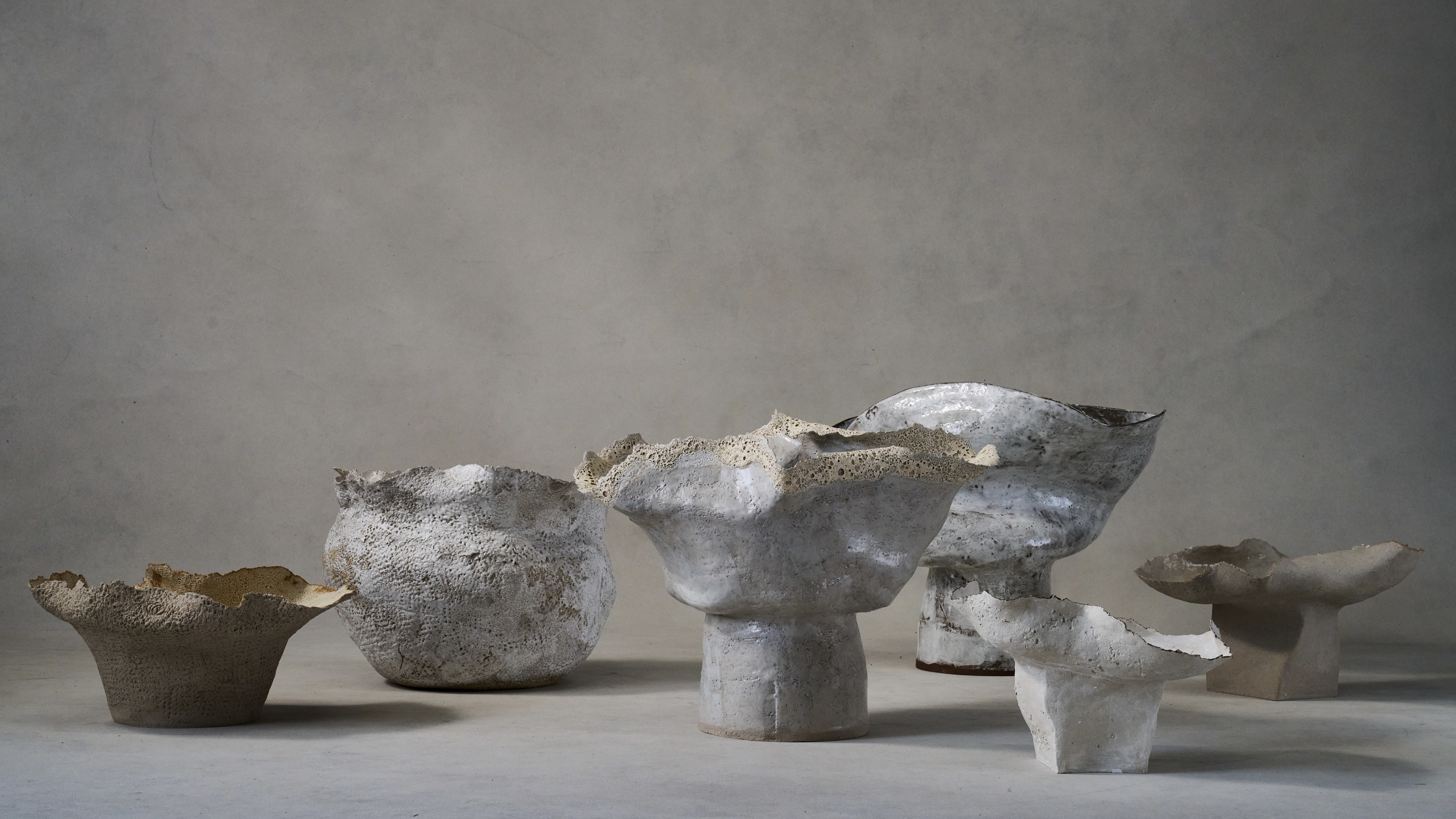 Ludmilla Balkis’ organic, earthy ceramics embody the Basque countryside
Ludmilla Balkis’ organic, earthy ceramics embody the Basque countrysideThe sculptor-ceramicist presents a series inspired by and created from found natural objects in a New York exhibition
By Anna Solomon
-
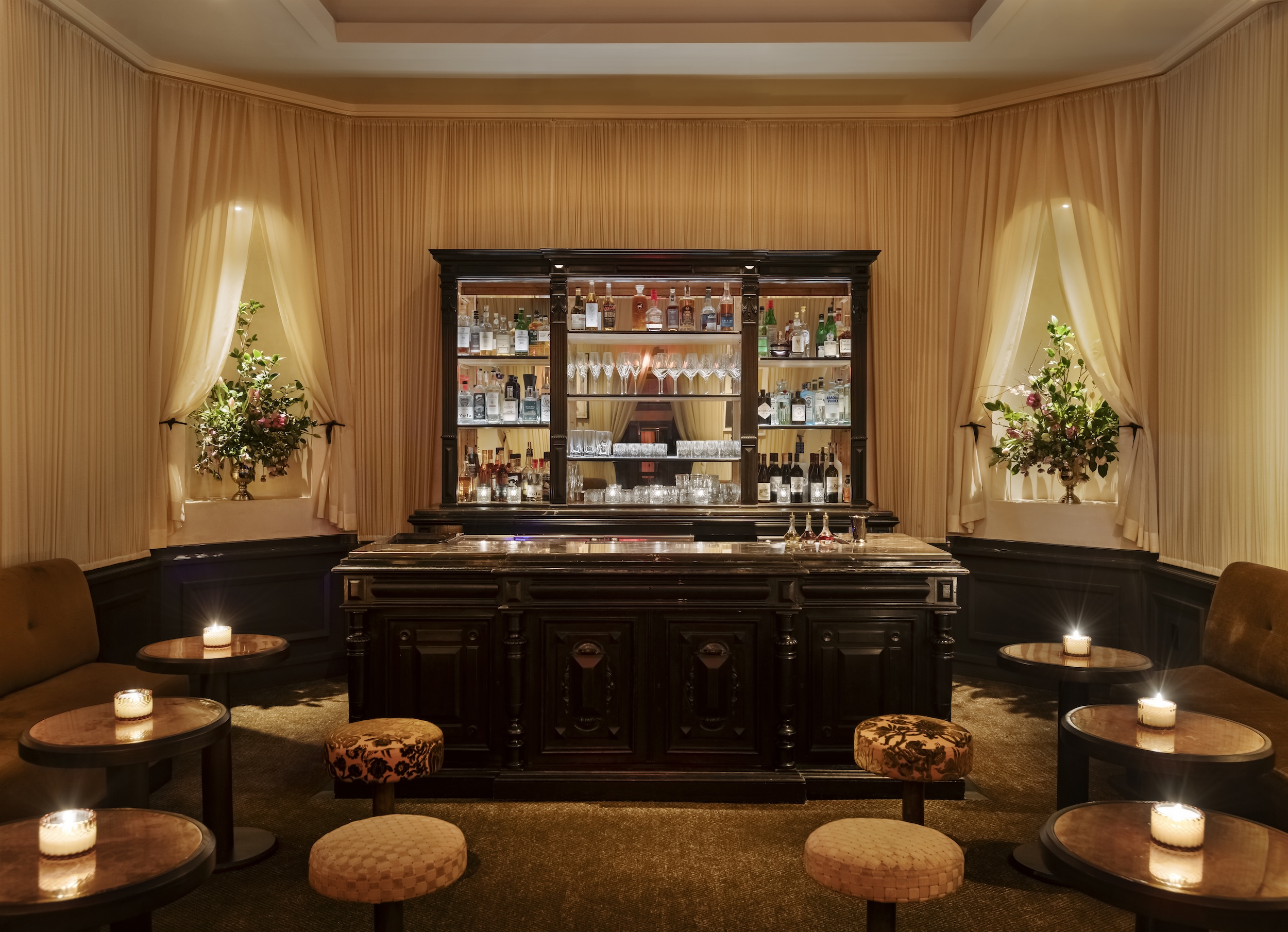 At this secret NYC hangout, the drinks are strong and the vibes are stronger
At this secret NYC hangout, the drinks are strong and the vibes are strongerFor People's bar, Workstead serves up a good time
By Anna Fixsen
-
 Leonard Baby's paintings reflect on his fundamentalist upbringing, a decade after he left the church
Leonard Baby's paintings reflect on his fundamentalist upbringing, a decade after he left the churchThe American artist considers depression and the suppressed queerness of his childhood in a series of intensely personal paintings, on show at Half Gallery, New York
By Orla Brennan
-
 Desert X 2025 review: a new American dream grows in the Coachella Valley
Desert X 2025 review: a new American dream grows in the Coachella ValleyWill Jennings reports from the epic California art festival. Here are the highlights
By Will Jennings
-
 In ‘The Last Showgirl’, nostalgia is a drug like any other
In ‘The Last Showgirl’, nostalgia is a drug like any otherGia Coppola takes us to Las Vegas after the party has ended in new film starring Pamela Anderson, The Last Showgirl
By Billie Walker
-
 ‘American Photography’: centuries-spanning show reveals timely truths
‘American Photography’: centuries-spanning show reveals timely truthsAt the Rijksmuseum in Amsterdam, Europe’s first major survey of American photography reveals the contradictions and complexities that have long defined this world superpower
By Daisy Woodward
-
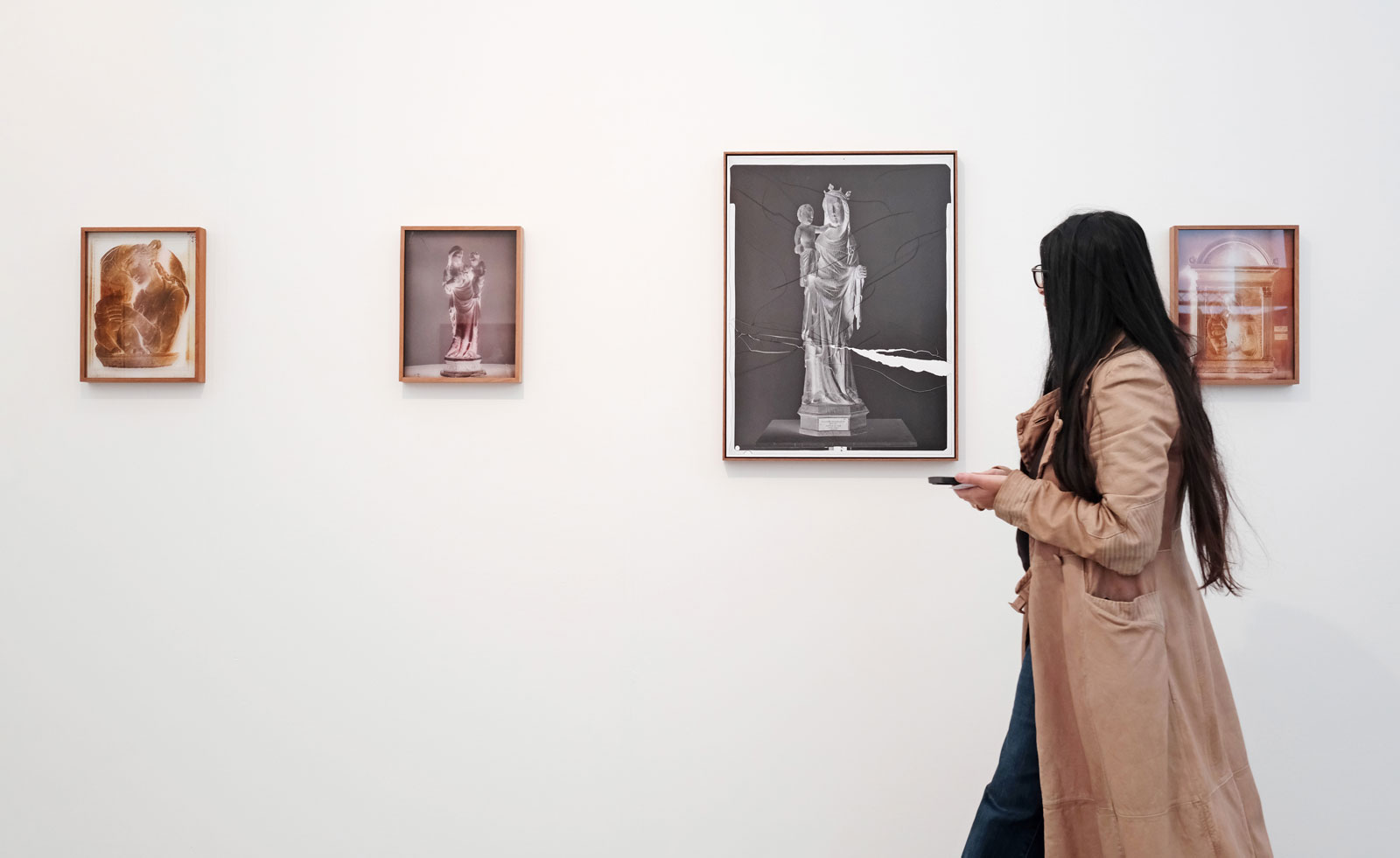 Don't miss these seven artists at Frieze Los Angeles
Don't miss these seven artists at Frieze Los AngelesFrieze LA returns for its sixth edition, running 20-23 February, showcasing over 100 galleries from more than 20 countries, as well as local staples featuring the city’s leading creatives
By Annabel Keenan
-
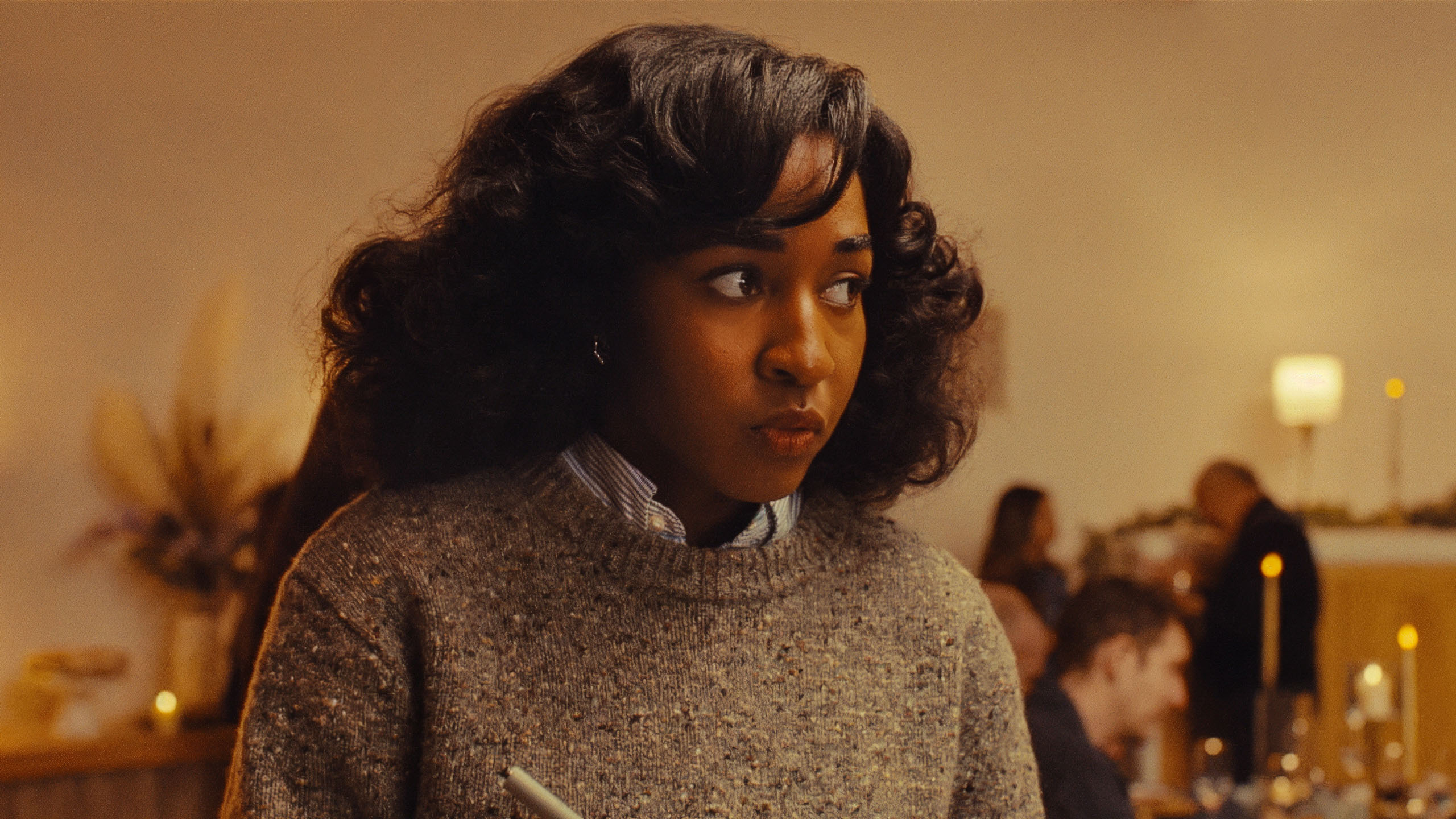 Sundance Film Festival 2025: The films we can't wait to watch
Sundance Film Festival 2025: The films we can't wait to watchSundance Film Festival, which runs 23 January - 2 February, has long been considered a hub of cinematic innovation. These are the ones to watch from this year’s premieres
By Stefania Sarrubba
-
 What is RedNote? Inside the social media app drawing American users ahead of the US TikTok ban
What is RedNote? Inside the social media app drawing American users ahead of the US TikTok banDownloads of the Chinese-owned platform have spiked as US users look for an alternative to TikTok, which faces a ban on national security grounds. What is Rednote, and what are the implications of its ascent?
By Anna Solomon
-
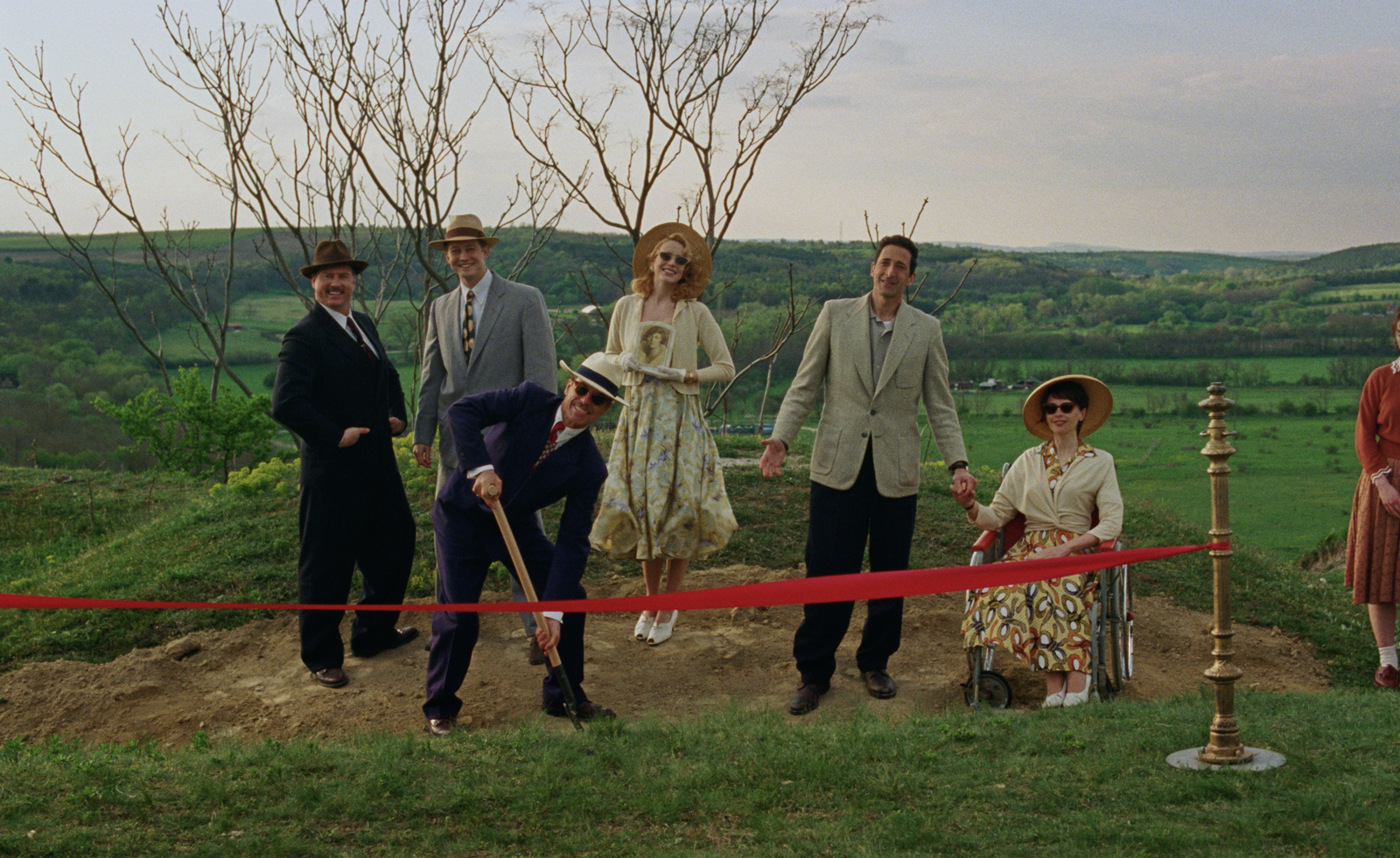 Architecture and the new world: The Brutalist reframes the American dream
Architecture and the new world: The Brutalist reframes the American dreamBrady Corbet’s third feature film, The Brutalist, demonstrates how violence is a building block for ideology
By Billie Walker